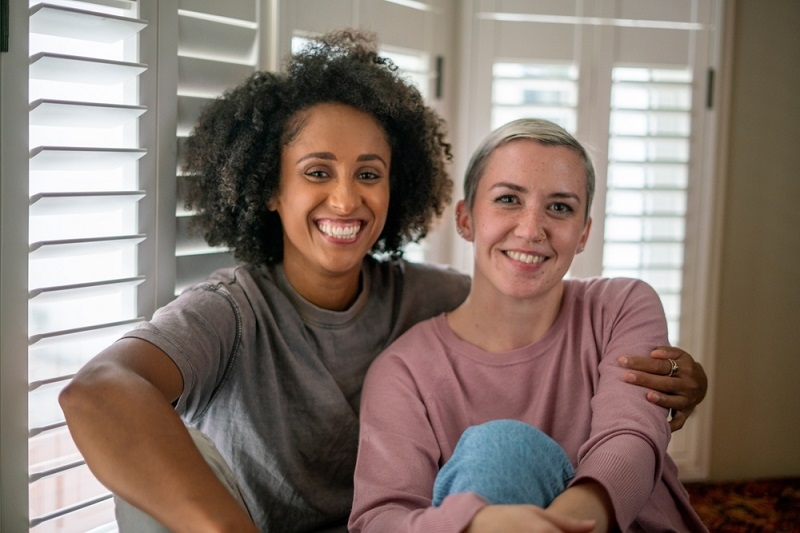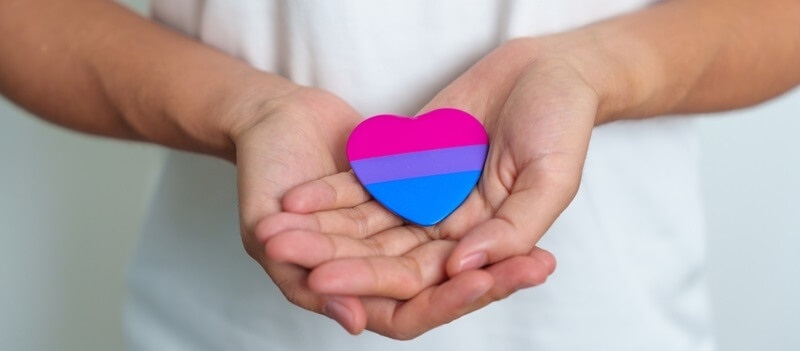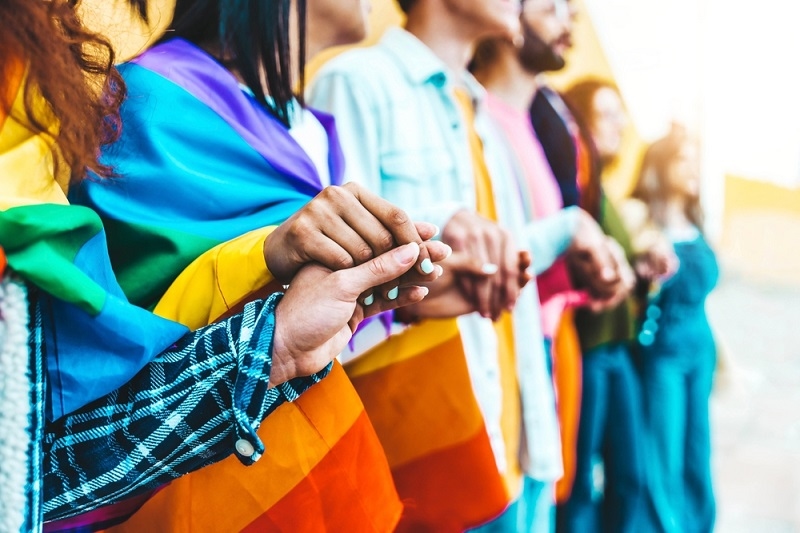Trans Journeys: A Guide to Transmasculine Hormone Therapy

Transmasculine hormone therapy is a medical treatment aimed at aligning the physical characteristics of individuals who identify with masculinity more closely with their gender identity. This therapy typically involves the administration of testosterone, which induces changes such as a deeper voice, increased body and facial hair, and redistribution of body fat. These changes help those who were assigned female at birth but identify as transmasculine feel more congruent with their gender identity.
The importance of hormone therapy in the gender transition process cannot be overstated. For many transmasculine individuals, including those who are non binary transmasculine, this therapy is a critical step toward achieving a body that better reflects their gender identity. It provides relief from gender dysphoria, which is the distress that arises when one’s physical body does not align with their gender identity. By fostering a sense of comfort and alignment with one's gender, transmasculine hormone therapy plays a pivotal role in empowering trans individuals to live authentically.
This therapy is primarily intended for transgender men and transmasculine non binary people. It is a deeply personal process that allows individuals to navigate their gender journey in a way that feels right for them. Whether someone identifies fully as male or occupies a space within the non binary transmasculine spectrum, hormone therapy can be a powerful tool for achieving gender congruence.
The Basics of Gender Identity and Roles
Gender identity refers to an individual’s deeply felt sense of their own gender, which may or may not correspond with the sex they were assigned at birth. Gender roles, on the other hand, are the societal expectations and behaviors typically associated with one’s gender. For transmasculine individuals, these concepts can be particularly complex. They might navigate a world where their internal sense of masculinity does not align with the gender roles traditionally imposed on those assigned female at birth.
The distinction between being transgender and transmasculine is crucial to understanding the diverse experiences within the trans community. While both terms relate to individuals whose gender identity does not match their sex assigned at birth, transmasculine specifically refers to those who identify more closely with masculinity. This can include transgender men, who identify as male, as well as non binary transmasculine persons, who may not identify strictly as male but resonate with aspects of masculinity.
Within the transmasculine spectrum, there are various identities, including non binary and gender-fluid individuals. A non binary transmasculine person might experience a blend of gender identities or fluctuate between them, while still identifying with masculinity. This diversity within the transmasculine umbrella highlights the importance of recognizing and respecting each individual’s unique experience of gender.
Who Benefits from Transmasculine Hormone Therapy?
Transmasculine hormone therapy is designed for individuals who identify as transmasculine, whether they are transgender men or non binary transmasculine people. This therapy is crucial for those who experience gender dysphoria, as it helps align their physical appearance with their gender identity. By initiating changes such as a deeper voice and more masculine body features, hormone therapy significantly reduces the discomfort that arises from gender incongruence.
For non binary transmasculine individuals, hormone therapy can be tailored to achieve the desired level of masculinization. Some may choose to undergo full hormone therapy, while others may opt for lower doses to achieve specific physical changes without fully transitioning. This flexibility allows individuals to align their bodies with their gender identity in a way that feels authentic to them. This personalized approach to hormone therapy also plays a vital role in supporting mental health and well-being, as emphasized in LGBTQ suicide prevention efforts.
The Process of Hormone Therapy

The process of transmasculine hormone therapy typically involves the administration of testosterone, which can be delivered through injections, patches, gels, or oral medications. The therapy is usually initiated with a low dose of testosterone, which is gradually increased until the desired physical changes are achieved. These changes can include a deeper voice, increased body and facial hair, cessation of menstruation, and a redistribution of body fat toward a more masculine pattern.
The timeline for these changes varies among individuals, with some effects, such as voice deepening, occurring within the first few months, while others, like facial hair growth, may take several years to fully manifest. It is important to understand that the effects of transmasculine hormone therapy are influenced by factors such as age, genetics, and overall health.
Regular guidance from a healthcare provider is essential during hormone therapy. This ensures that the therapy is safe and effective, with adjustments made as necessary to achieve the best possible outcomes.
Weighing the Risks and Benefits of Hormone Therapy
Transmasculine hormone therapy offers significant physical and psychological benefits for those undergoing treatment. It helps reduce gender dysphoria, improves self-esteem, and allows individuals to live more authentically. However, like any medical treatment, it also carries potential risks. Side effects may include acne, weight gain, and an increased risk of certain health conditions, such as cardiovascular issues.
Regular monitoring by a healthcare provider is critical to managing these risks and ensuring that the benefits of the therapy outweigh any potential drawbacks. By maintaining ongoing healthcare support, individuals can safely navigate the changes brought about by transmasculine hormone therapy and enjoy the improved quality of life it offers. This careful balance of benefits and risks highlights the importance of understanding the broader context, as explored in a glimpse at transgender community.
Hormone Therapy for Nonbinary and Gender-Fluid Individuals
Transmasculine hormone therapy is not limited to those who identify strictly as male; it is also a valuable option for nonbinary and gender-fluid individuals. These identities exist on a spectrum, where people may not fully identify with traditional binary gender roles but may still lean toward masculinity. For a non binary transmasculine person, hormone therapy provides the flexibility to achieve physical changes that align with their gender identity without fully transitioning to a traditionally masculine appearance.
The flexibility of gender expression is a critical aspect of this therapy. Transmasculine non binary individuals can tailor their hormone therapy to achieve specific changes, such as a deeper voice or increased body hair, without pursuing all the changes associated with a full male transition. This personalized approach allows individuals to navigate their gender journey in a way that feels authentic and comfortable, whether they seek subtle shifts or more pronounced transformations.
Hormone therapy thus becomes a tool for gender expression, enabling individuals to shape their physical appearance to better match their internal identity. For those who identify as non binary transmasculine, this flexibility is key to feeling more aligned with their gender without adhering to rigid societal norms.
The Purpose of Transmasculine Hormone Therapy
Many individuals choose transmasculine hormone therapy as a means to alleviate gender dysphoria, a condition where there is a significant discomfort between one’s assigned sex at birth and their gender identity. For both transgender men and non binary transmasculine persons, hormone therapy can provide relief by initiating physical changes that better reflect their gender identity.
The psychological and social benefits of hormone therapy are profound. By altering their physical appearance, individuals often experience a boost in self-esteem and body congruence, which can lead to improved mental health and overall well-being. The process of aligning one’s physical body with their gender identity can also facilitate social interactions, making it easier to be recognized and accepted as the gender they identify with.
Furthermore, the social benefits extend beyond personal interactions. Many individuals find that hormone therapy helps them to present themselves in a way that feels more authentic, thereby reducing the stress associated with being misgendered or misunderstood. For many, transmasculine hormone therapy is not just about physical change but also about reclaiming their identity and living as their true selves.
Choosing the Right Identity Term: Trans vs. Transmasculine
Understanding the distinctions between the terms transgender, transmasculine, and related identities is crucial for individuals navigating their gender journey. While the term "transgender" broadly refers to anyone whose gender identity differs from their assigned sex at birth, "transmasculine" specifically describes those who identify more closely with masculinity, regardless of whether they fully identify as male.
A non binary transmasculine person may not consider themselves fully transgender in the traditional sense, as they do not entirely reject the gender assigned to them at birth. Instead, they may embrace aspects of masculinity in their gender expression without committing to a binary gender identity. For others, identifying as transmasculine might mean that they feel more comfortable aligning with male gender roles and characteristics, even if they don’t fully identify as male.
Choosing the right term is a personal decision. It involves introspection and an understanding of where one’s identity fits within the broader gender spectrum. Whether one identifies as transgender, transmasculine, or non binary transmasculine, the most important factor is that the term resonates with their personal experience and identity.
Anticipated Changes with Hormone Therapy
Transmasculine hormone therapy brings about various physical changes, which can vary significantly in terms of timing and permanence. Some changes, such as voice deepening, may begin within a few months of starting therapy and become permanent. Others, like increased body hair and changes in muscle mass, may develop over several years and are often irreversible.
However, not all changes are permanent. For example, some aspects of body fat distribution may revert if hormone therapy is discontinued. Understanding the variability and permanence of these changes is crucial for individuals considering hormone therapy, as it allows them to make informed decisions about their transition process.
The timeline for these changes can also differ widely from person to person. Factors such as age, genetics, and overall health play a role in how quickly and to what extent these changes occur. Regular monitoring by a healthcare provider ensures that individuals achieve their desired outcomes while minimizing potential risks.
Also Read: Vibrant LGBTQ+ Face Paint Ideas: Express Your Pride Boldly
Conclusion: The Role of Hormone Therapy in Gender Affirmation
In the journey toward gender affirmation, transmasculine hormone therapy serves as a vital tool for many individuals, including those who are transmasculine non binary. It offers a path toward physical changes that align with one’s gender identity, helping to alleviate gender dysphoria and improve psychological well-being. For those navigating their gender journey, seeking informed guidance and support is essential to ensuring that hormone therapy aligns with their personal goals and identity.
Ultimately, hormone therapy is a deeply personal decision that empowers individuals to live authentically. By understanding the process, the potential changes, and the impact on their identity, individuals can make choices that support their well-being and reflect their true selves.
This content was created by AI























